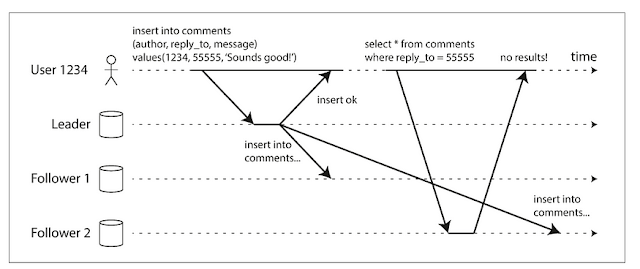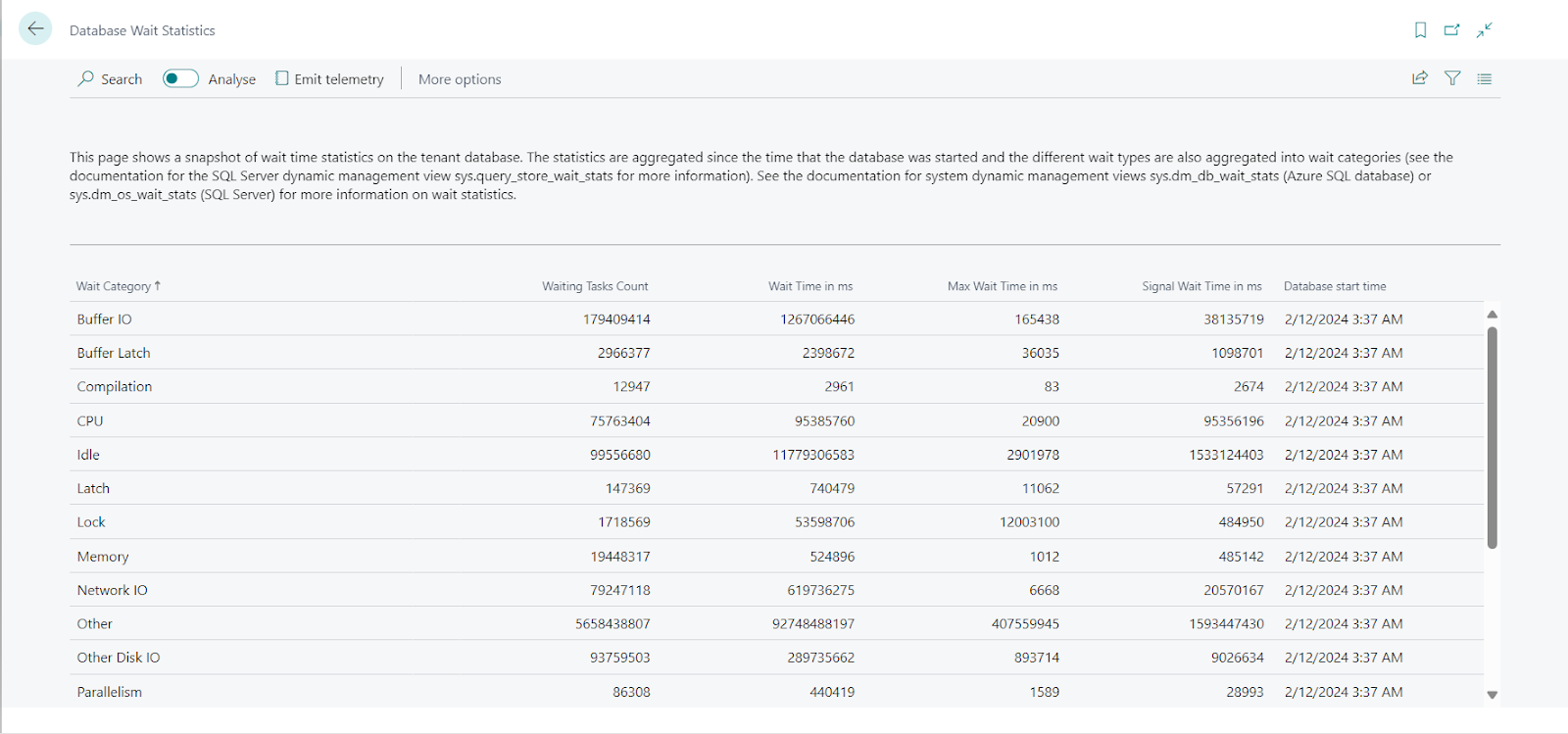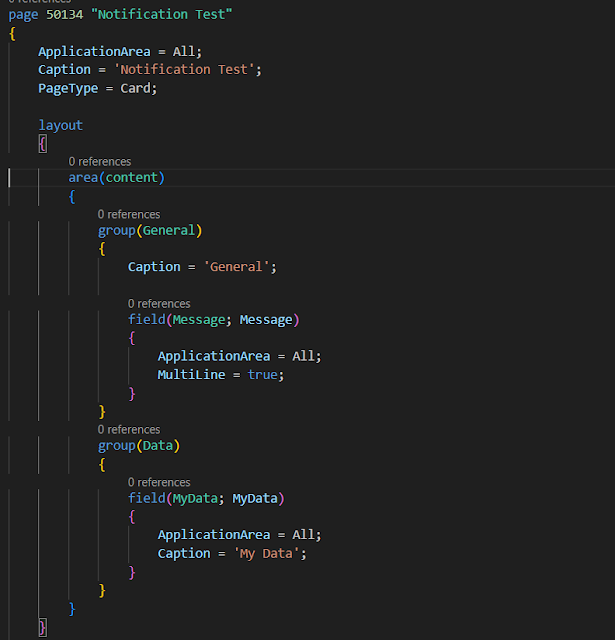Use Database Access Intent List to Boost Performance in Business Central

Introduction For any Business Application, database replication is a necessity for the application to be highly available, fault tolerant and performant without any data throughput issues. Business Central too follows the database replication utilizing a technique known as "Read Scale Out" or "Leader/Follower or Master/Slave Replication Architecture". Basically, the business operations(Codeunits, Pages, POST/PUT/DELETE API calls) which create the data in the system are relatively quick as compared to Analytical operations (Reports, Queries, GET APIs calls)which read a whole bunch of data from a lot of tables at once. So, in this case, performing both business and analytical operations on the same database can cause performance issues as tables can be locked by an analytical operation while a business operation tries or access or modify that data. A solution for this is using multiple copies of the database in a leader follower architecture. All the write transaction...

